MIAMI — Hurricane Irma gave Florida a coast-to-coast pummeling with winds up to 130 mph Sunday, swamping homes and boats, knocking out power to millions and toppling massive construction cranes over the Miami skyline.
The 400-mile-wide storm blew ashore in the morning in the mostly cleared-out Florida Keys, then began a slow march up the state’s west coast, its winds extending clear across to Miami on the Atlantic side.
Forecasters said it could hit the heavily populated Tampa-St. Petersburg area early Monday.
“Pray, pray for everybody in Florida,” Gov. Rick Scott said on “Fox News Sunday” as more than 160,000 people statewide waited it out in shelters.
Many streets were flooded in downtown Miami and other cities. In the low-lying Keys, boats were reported sunk and appliances and furniture were seen floating away, but the full extent of Irma’s fury there was not clear.
Irma arrived as a Category 4 storm but by late afternoon had weakened to a Category 2 with 110 mph winds. A storm surge of over 10 feet was recorded in the Keys, and forecasters warned some places on the mainland could get up to 15 feet of water.
There were no immediate confirmed reports of any deaths in Florida, on top of the 24 people killed during Irma’s destructive trek across the Caribbean.
Many streets were flooded in downtown Miami and other cities.
In the low-lying Keys, appliances and furniture were seen floating away, and Monroe County spokeswoman Cammy Clark said the ocean waters were filled with navigation hazards, including sunken boats and loose vessels. But the full extent of Irma’s wrath there was not clear. A Miami woman who went into labor was guided through delivery by phone when authorities couldn’t reach her in high winds and street flooding. Firefighters later took her to the hospital.
An apparent tornado spun off by Irma destroyed six mobile homes in Palm Bay, hundreds of miles away along the state’s Atlantic coast. Flooding was reported along Interstate 4, which cuts across Florida’s midsection.
In downtown Miami, two of the two dozen construction cranes looming over the skyline collapsed in the wind. No injuries were reported. City officials said it would have taken about two weeks to move the massive equipment.
Curfews were imposed in Miami, Tampa, Fort Lauderdale and much of the rest of South Florida, and some arrests of violators were reported. Miami Beach barred outsiders from the island.
Fort Lauderdale police arrested nine people they said were caught on TV cameras looting sneakers and other items from a sporting goods store and a pawn shop during the hurricane.
More than 2.7 million homes and businesses across the state lost power, and utility officials said it will take weeks to restore electricity to everyone.
While the projected track showed Irma raking the state’s Gulf Coast, forecasters warned that the entire state — including the Miami metropolitan area of 6 million people — was in danger because of the sheer size of the storm.
Nearly 7 million people in the Southeast were warned to evacuate, including 6.4 million in Florida alone.
About 30,000 people heeded orders to leave the Keys as the storm closed in, but an untold number refused, in part because to many storm-hardened residents, staying behind in the face of danger is a point of pride.

John Huston, who stayed in his Key Largo home, watched his yard flood even before the arrival of high tide. “Small boats floating down the street next to furniture and refrigerators. Very noisy,” he said by text message. “Shingles are coming off.”
Irma made landfall just after 9 a.m. at Cudjoe Key, about 20 miles outside Key West, forecasters said. During the afternoon, it rounded Florida’s southwestern corner and hugged the coast closely as it pushed toward Naples, Sanibel, Fort Myers and, beyond that, Sarasota, at 14 mph (23 kph).
Hurricane-force winds extended 80 miles from its center.
Meteorologist Ryan Maue of WeatherBell Analytics said the entire Florida peninsula will be raked by Irma’s right front quadrant — the part of a hurricane that usually brings the strongest winds, storm surge, rain and tornadoes.
The Tampa-St. Petersburg area, with a population of about 3 million, has not taken a direct hit from a major hurricane since 1921.
The wind began picking up in St. Petersburg, some 400 miles north of the Keys, and people started bracing for the onslaught.
“I’ve been here with other storms, other hurricanes. But this one scares me,” Sally Carlson said as she snapped photos of the waves crashing against boats. “Let’s just say a prayer we hope we make it through.”

Recently planted palm trees lie strewn across the road in Miami Beach. Associated Press/Wilfredo Lee
Forecasters said a weakened Irma could push into Georgia, Alabama, Mississippi, Tennessee and beyond. A tropical storm warning was issued for the first time ever in Atlanta, some 200 miles from the sea.
“Once this system passes through, it’s going to be a race to save lives and sustain lives,” Federal Emergency Management Agency chief Brock Long said on “Fox News Sunday.”
With FEMA still dealing with the aftermath of Hurricane Harvey in Houston, Irma could test the agency’s ability to handle two disasters at the same time.
Worst of the wind now coming into greater Naples. Majority of wind damage will occur in this burst. pic.twitter.com/P4O5sm5lsM
— Dave Epstein (@growingwisdom) September 10, 2017
President Trump approved a disaster declaration for Florida, opening the way for federal aid.
Florida’s governor activated all 7,000 members of the Florida National Guard, and 10,000 guardsmen from elsewhere were being deployed.
For days, forecasters had warned that Irma was taking dead aim at the Miami metropolitan area and the rest of Florida’s Atlantic coast.
But then Irma made a more pronounced westward shift — the result of what meteorologists said was an atmospheric tug-of-war between weather systems that nudged Irma and determined when it made its crucial right turn into Florida.
Irma at one time was the most powerful hurricane ever recorded in the open Atlantic, a Category 5 with a peak wind speed of 185 mph. Given its size, strength and projected course, it could still prove one of the most devastating hurricanes ever to hit Florida.
The storm brought memories of Hurricane Charley, which blew ashore near Fort Myers in 2004 with winds near 149 mph. It caused $15 billion in damage and was blamed for as many as 35 deaths in the U.S.
Send questions/comments to the editors.

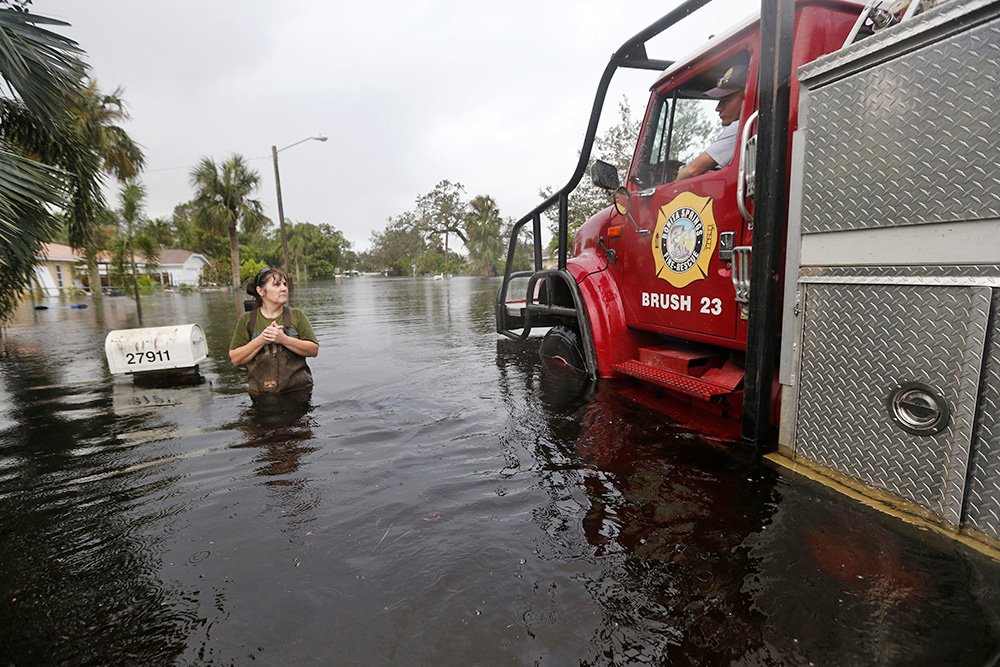

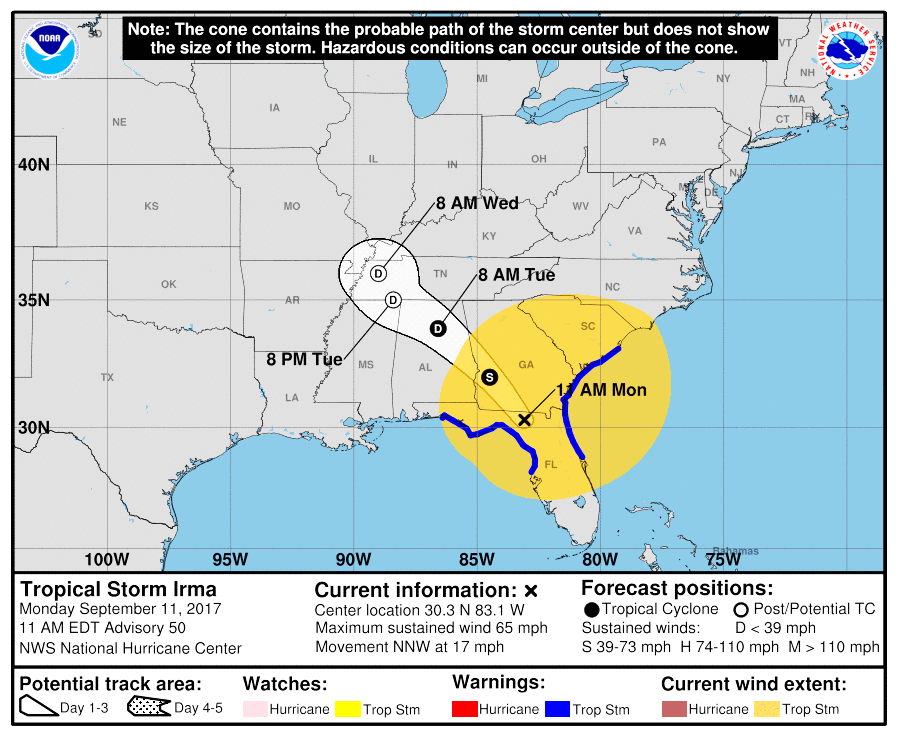
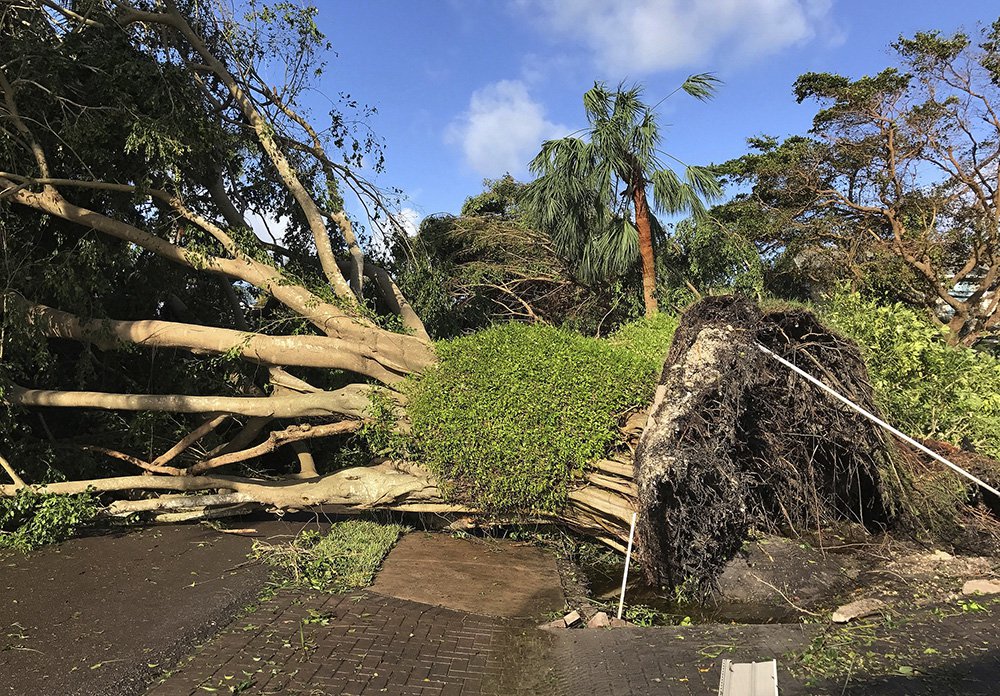
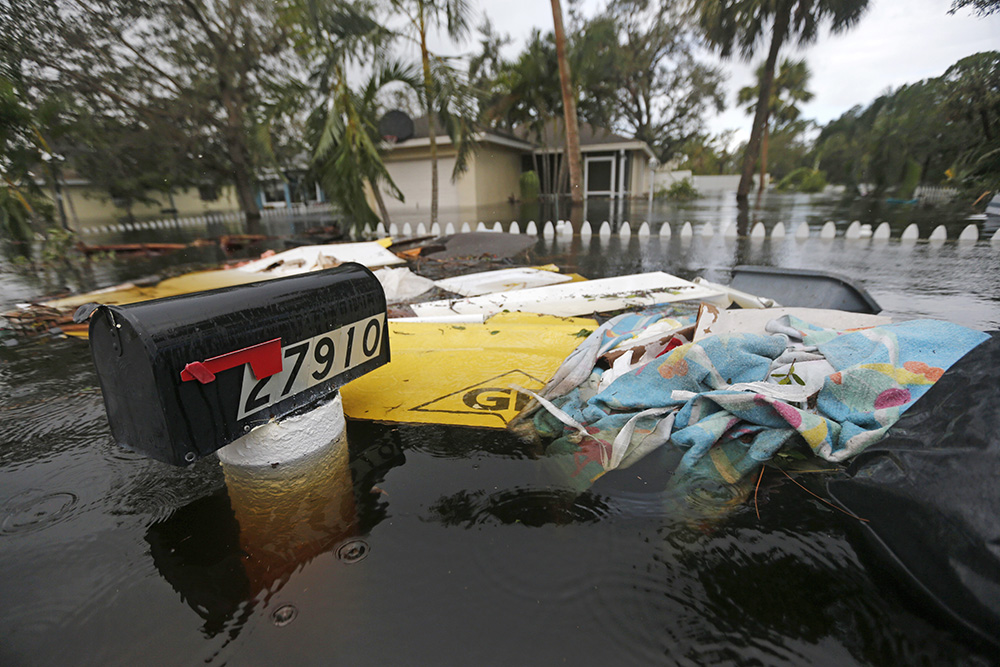
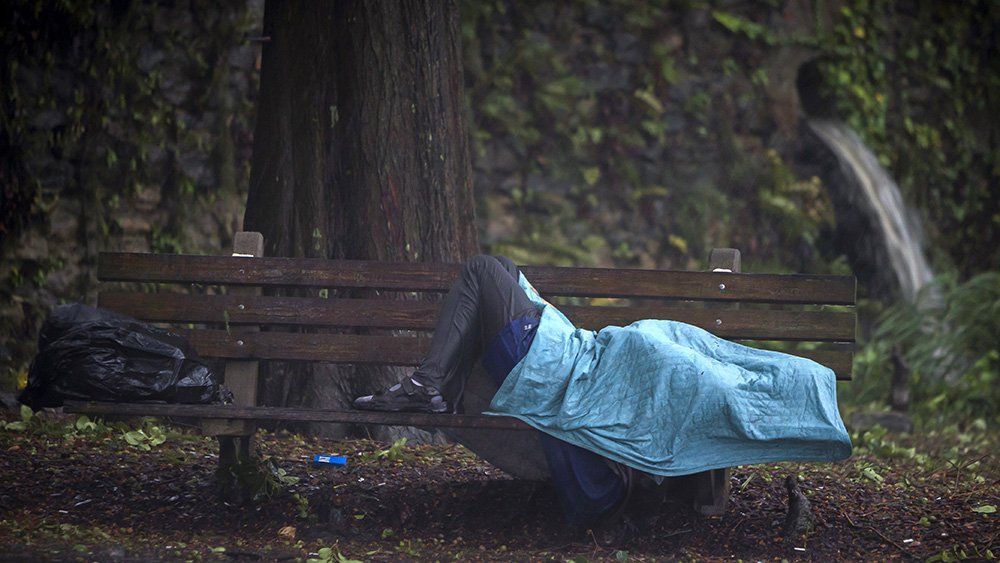
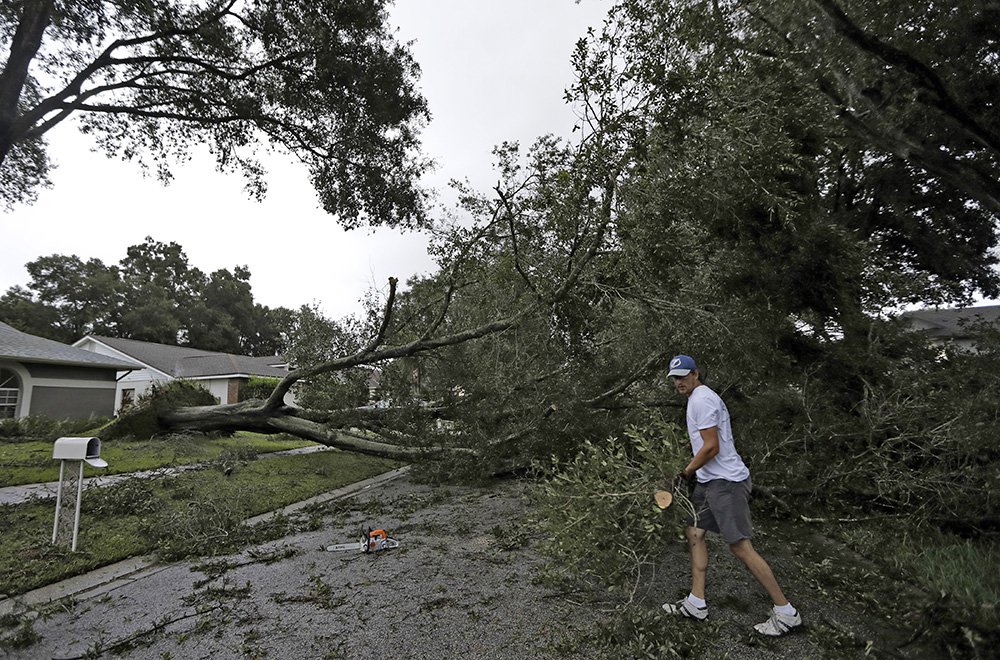
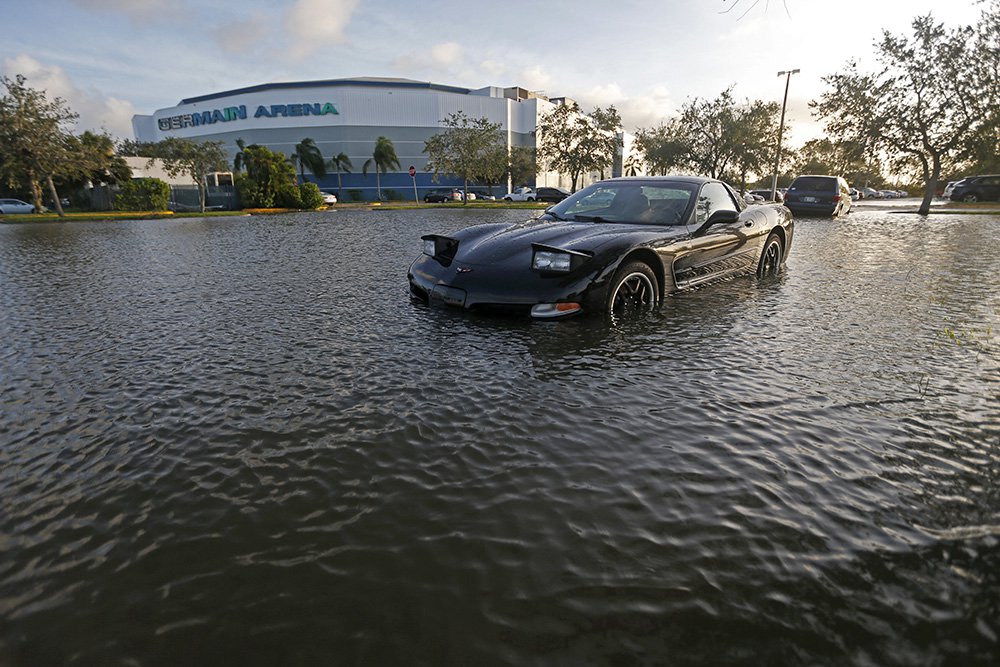
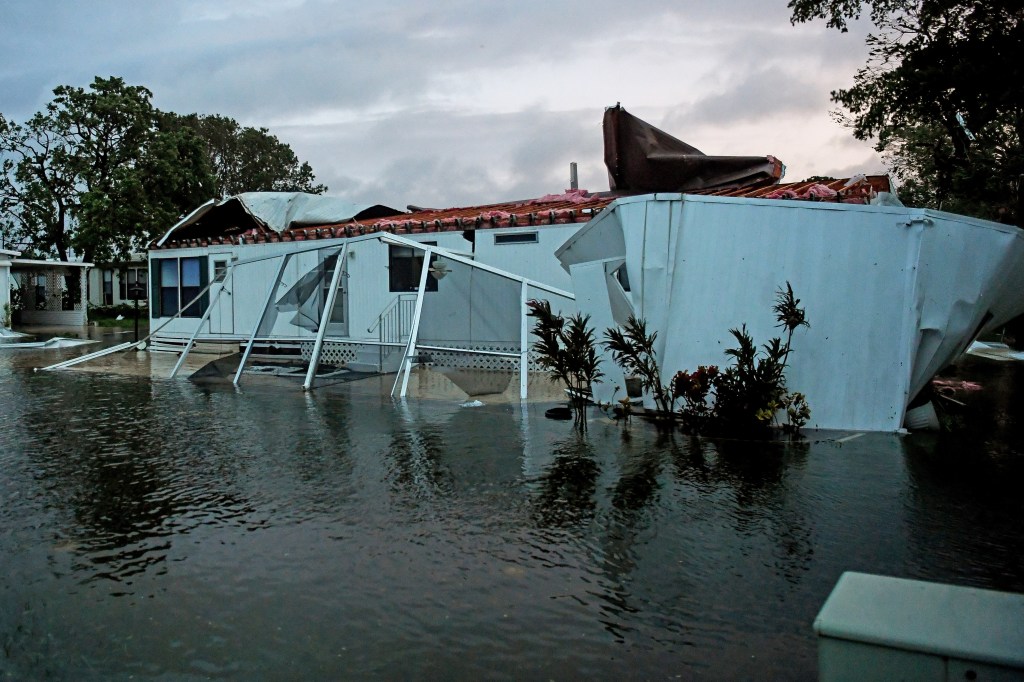
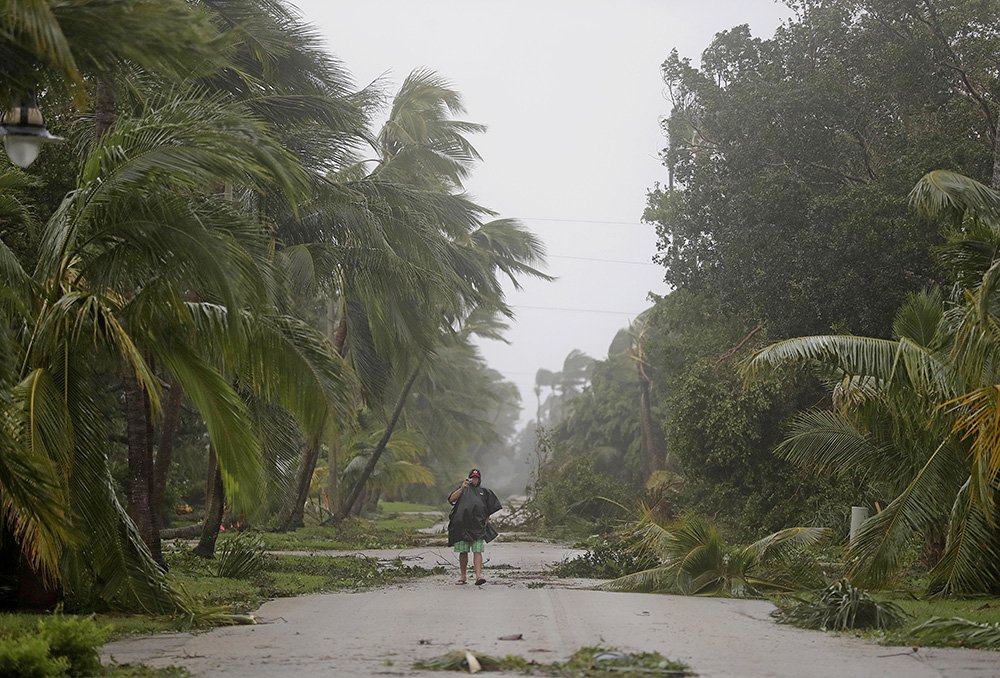
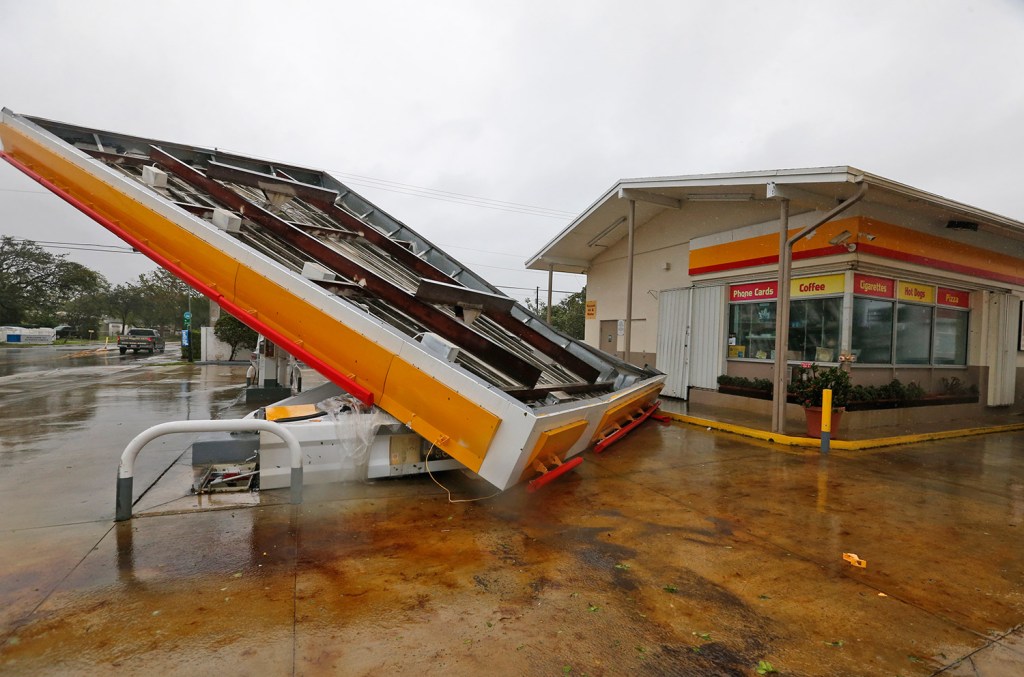
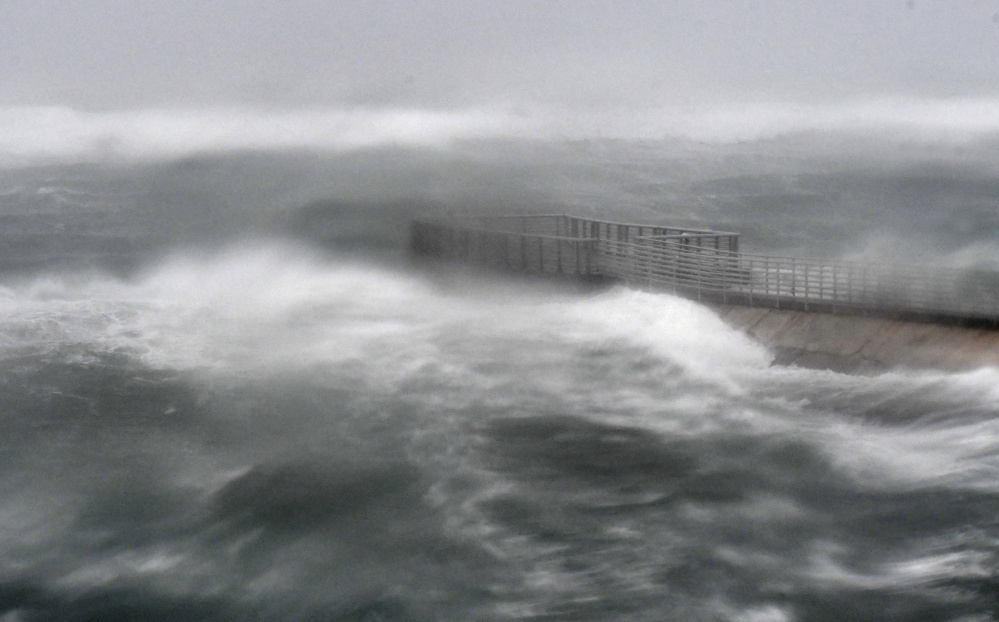
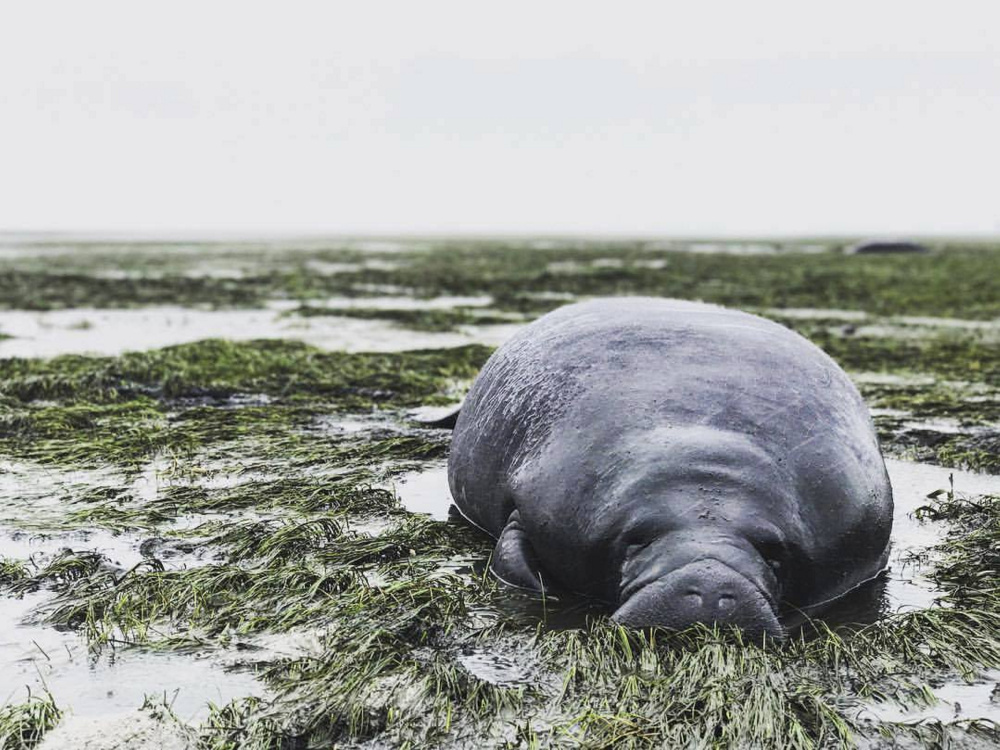
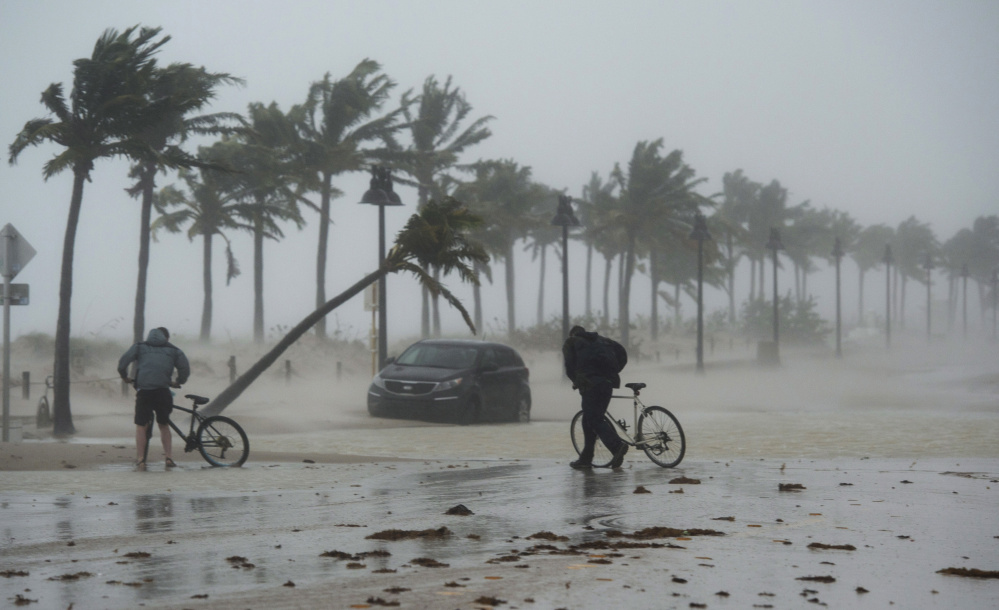
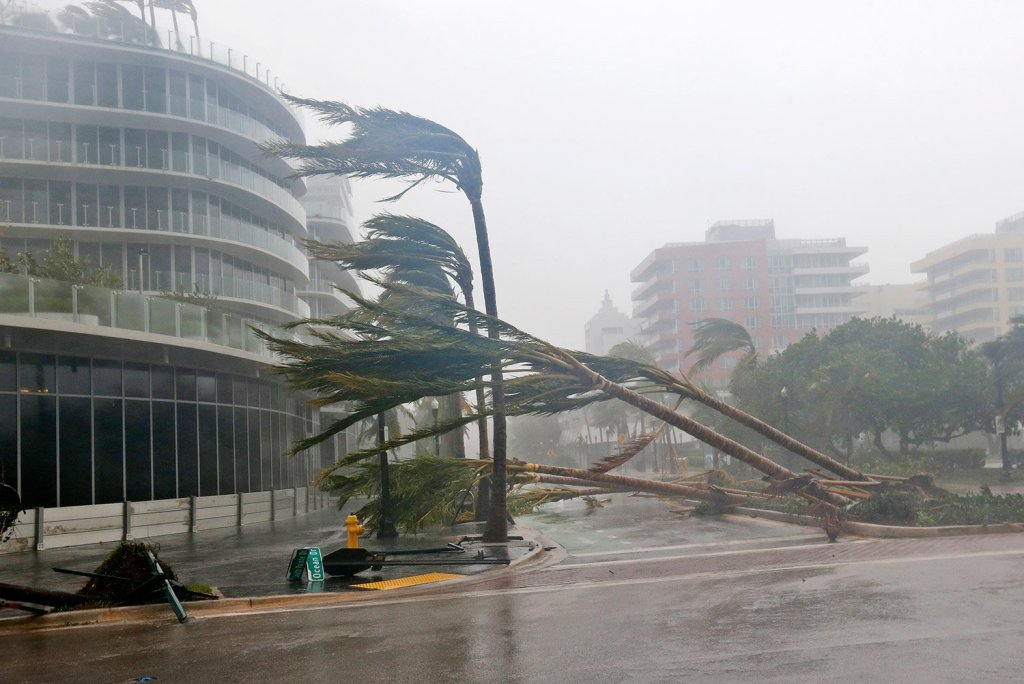
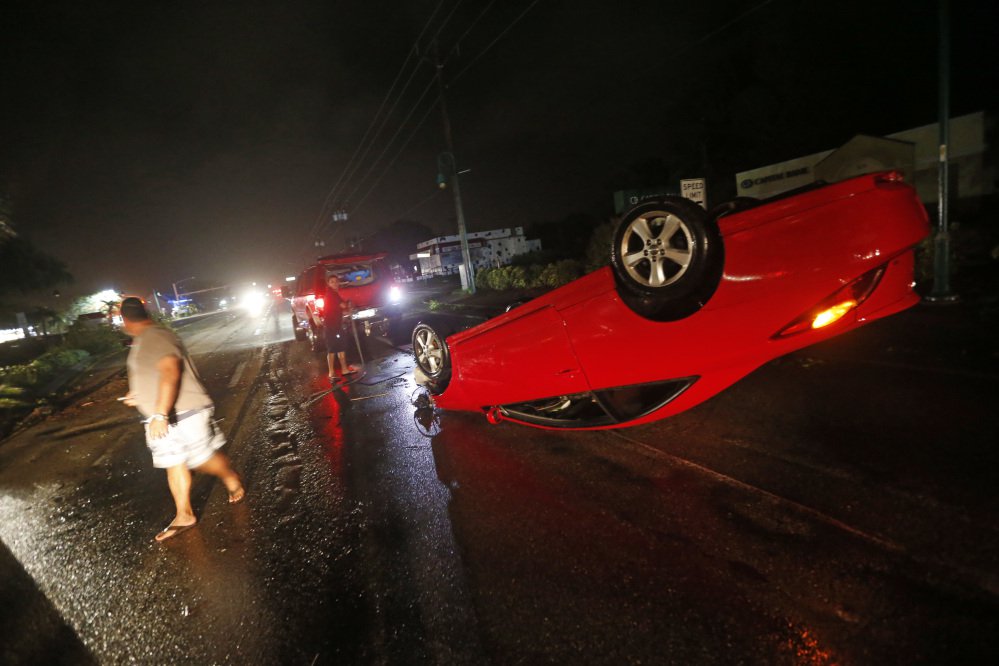
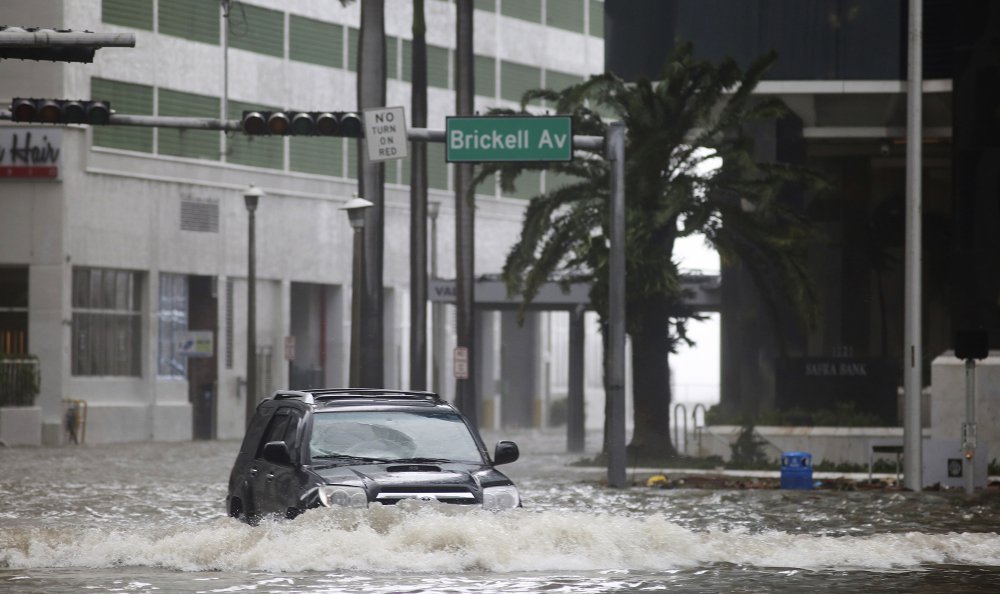
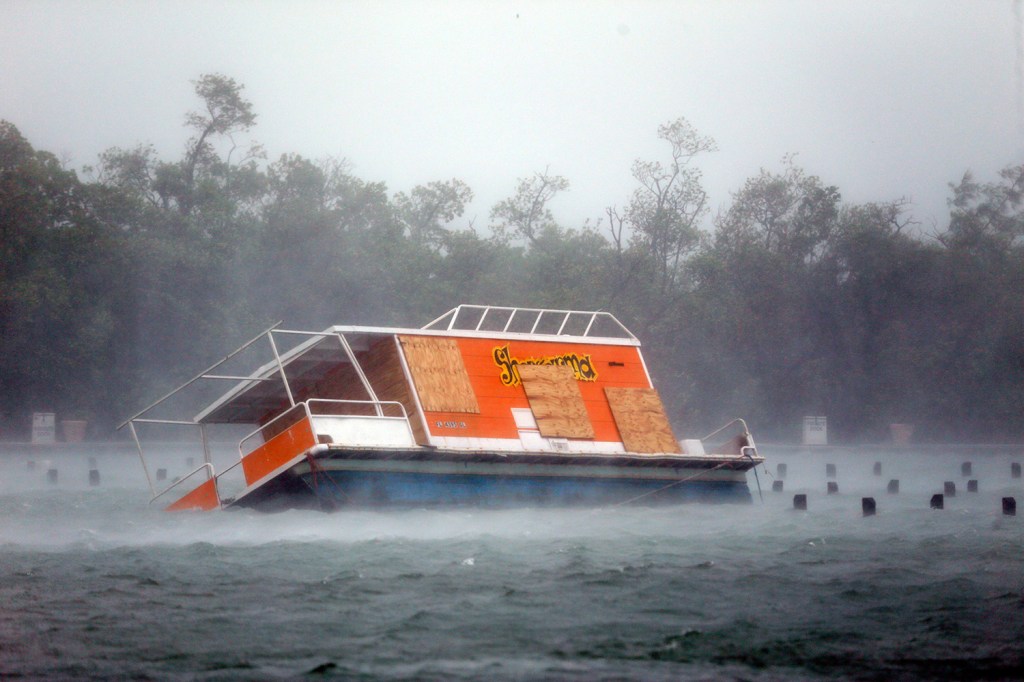
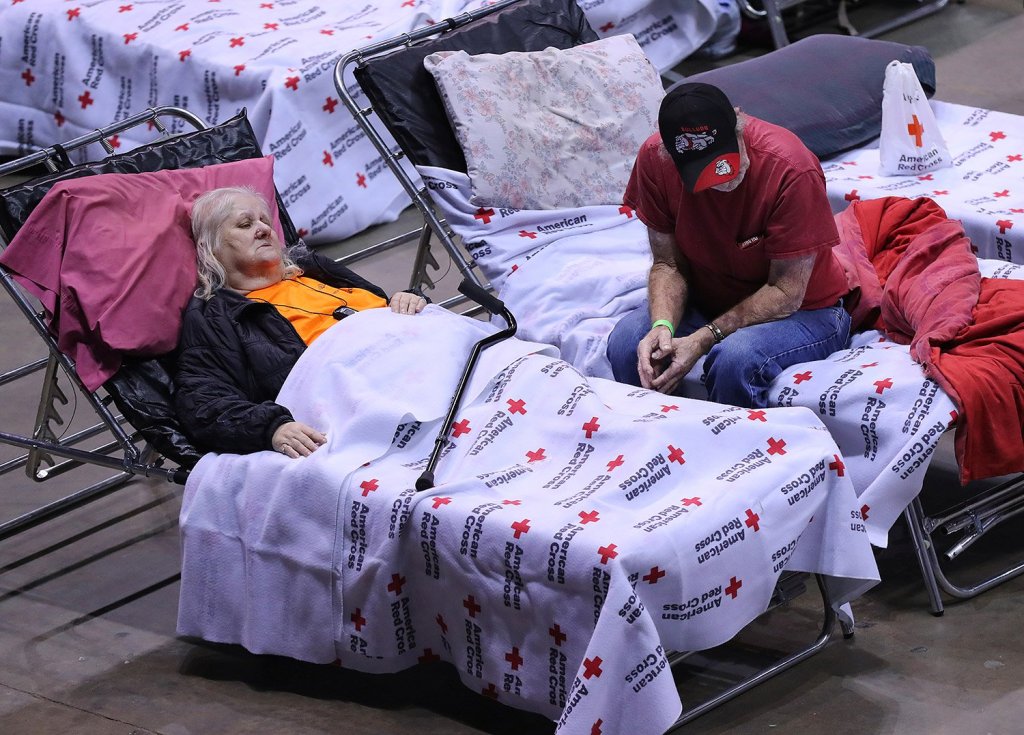
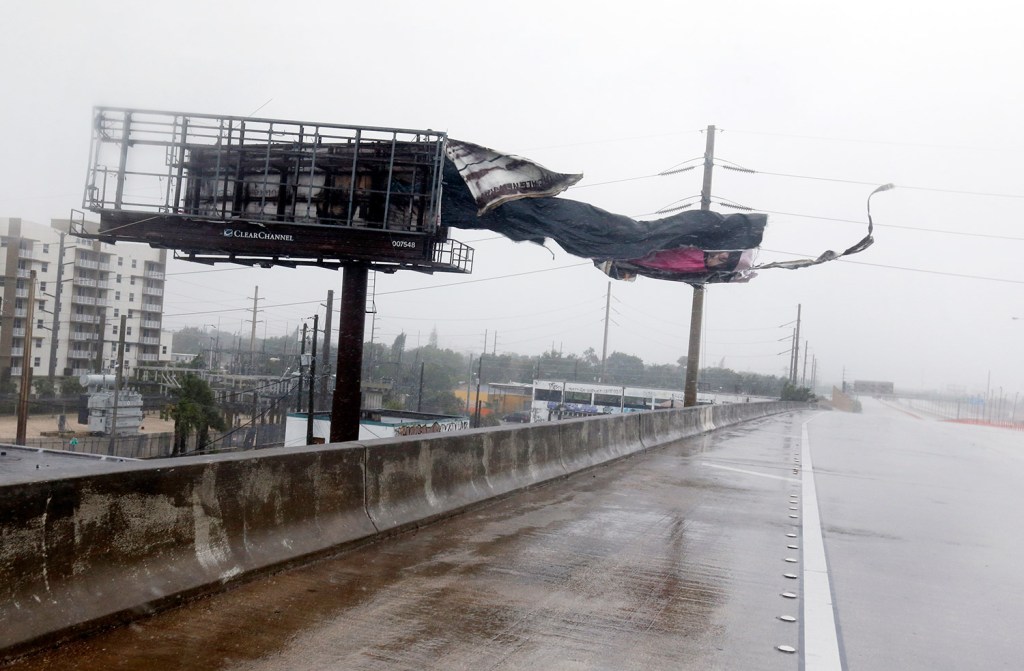
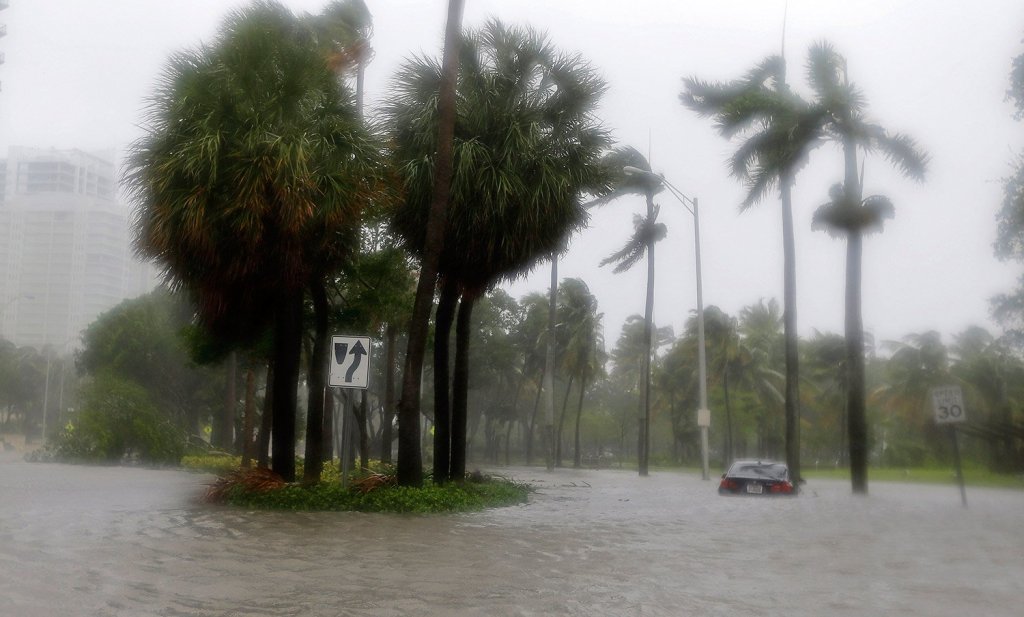
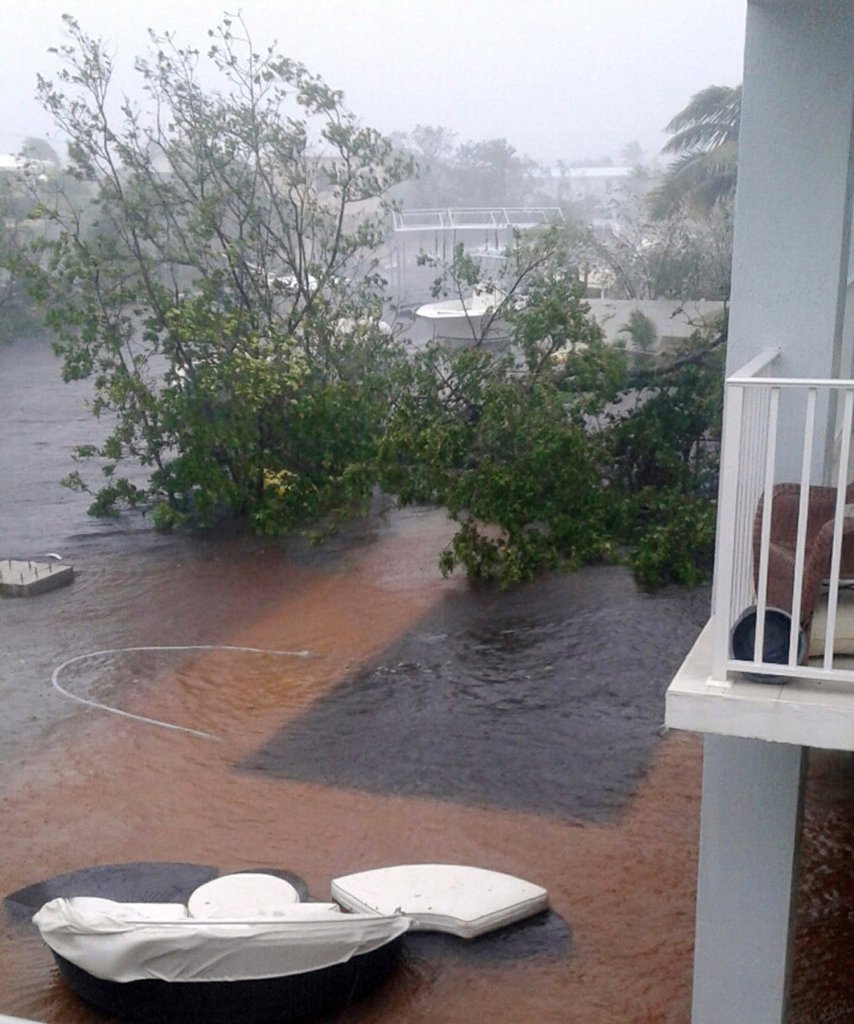
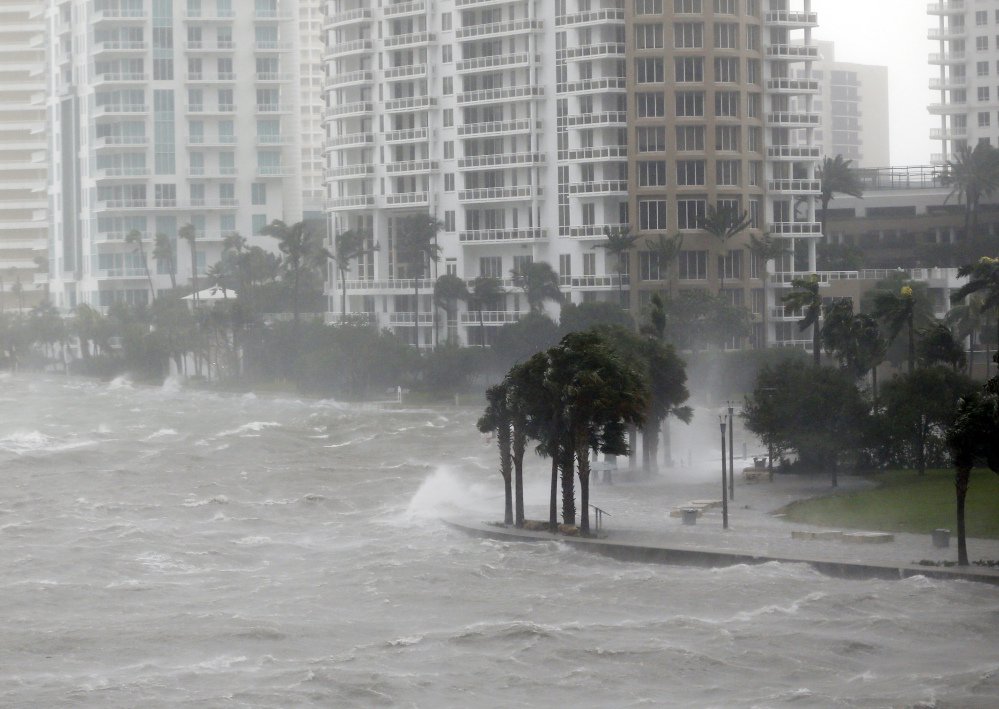
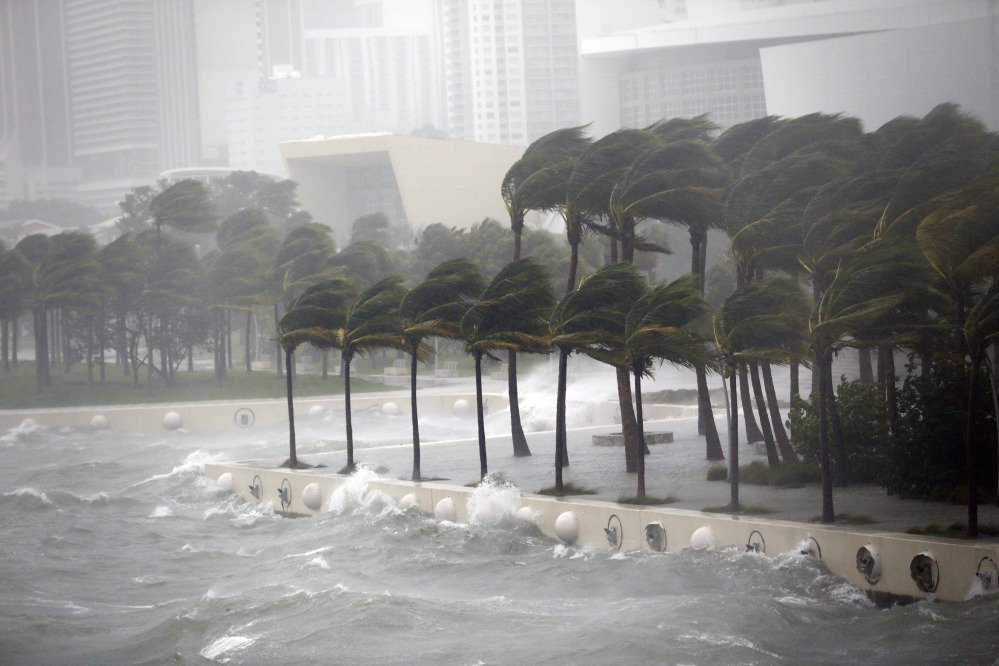
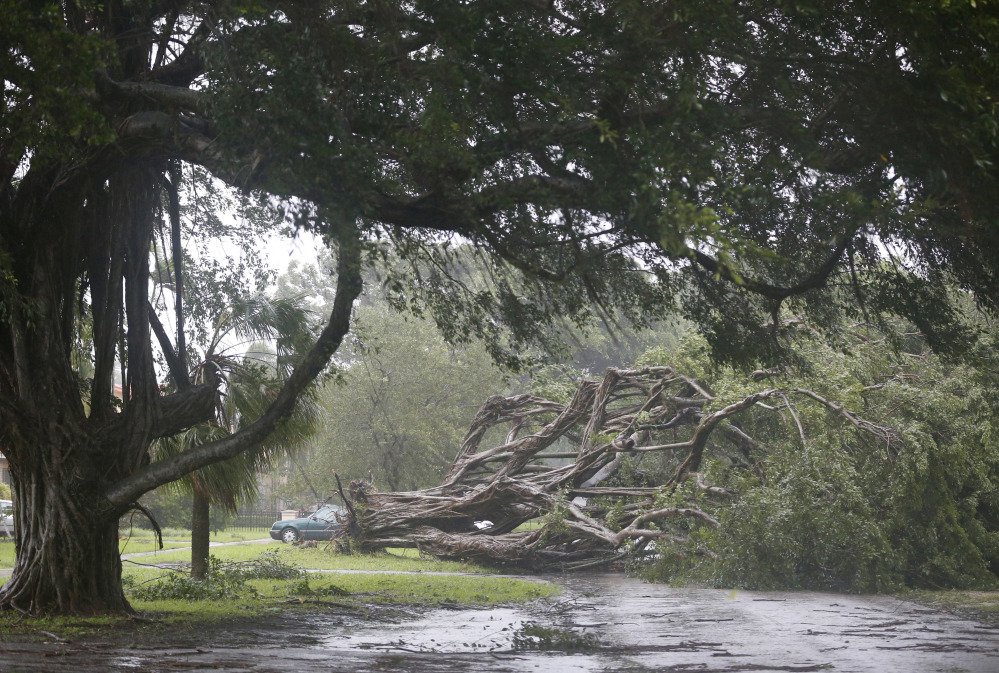
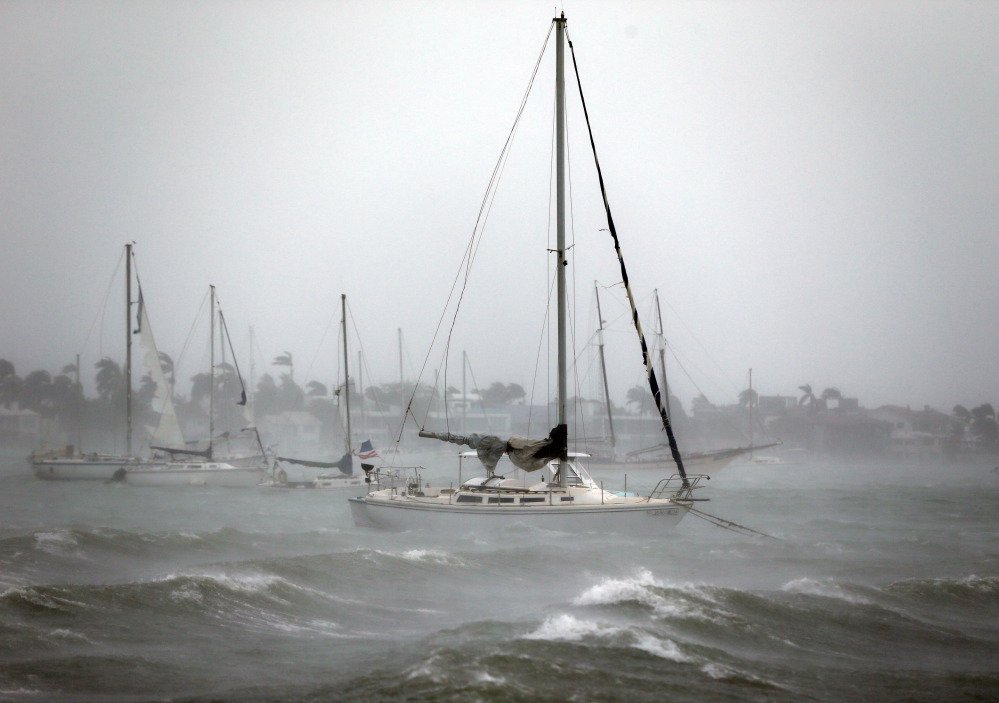

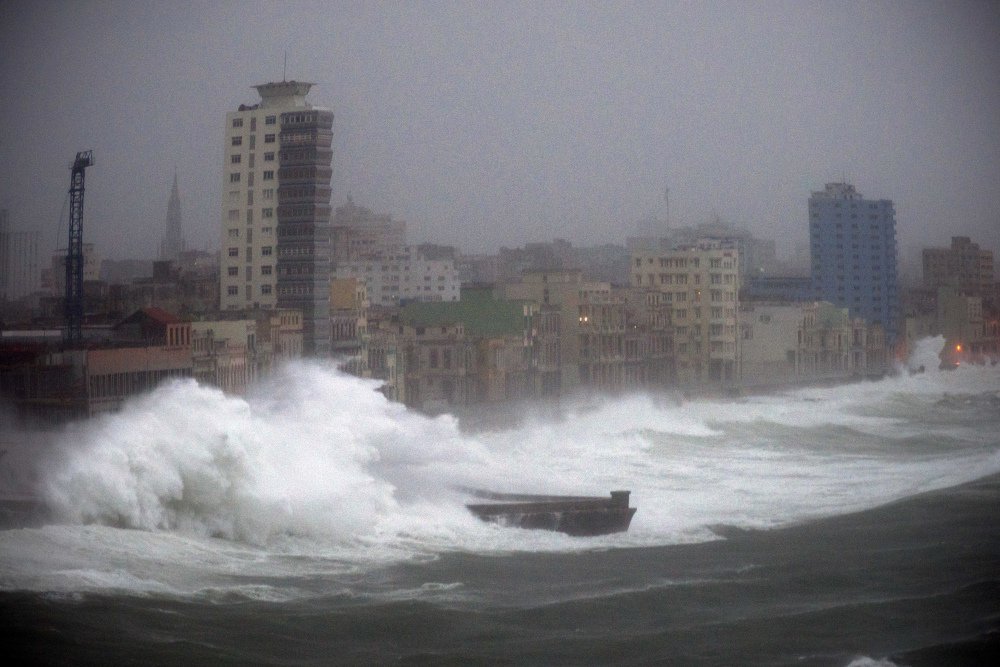
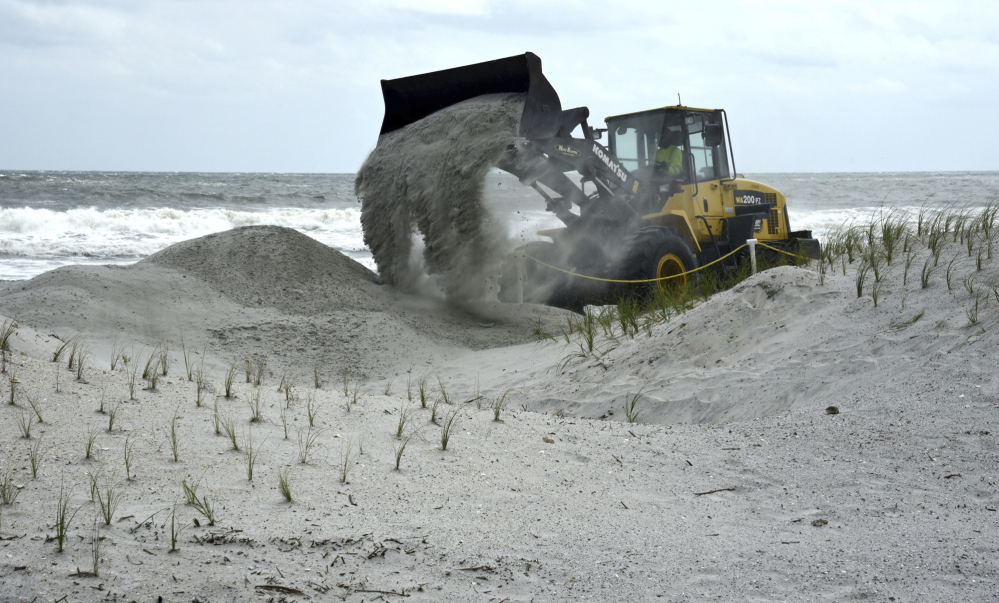


Success. Please wait for the page to reload. If the page does not reload within 5 seconds, please refresh the page.
Enter your email and password to access comments.
Hi, to comment on stories you must . This profile is in addition to your subscription and website login.
Already have a commenting profile? .
Invalid username/password.
Please check your email to confirm and complete your registration.
Only subscribers are eligible to post comments. Please subscribe or login first for digital access. Here’s why.
Use the form below to reset your password. When you've submitted your account email, we will send an email with a reset code.